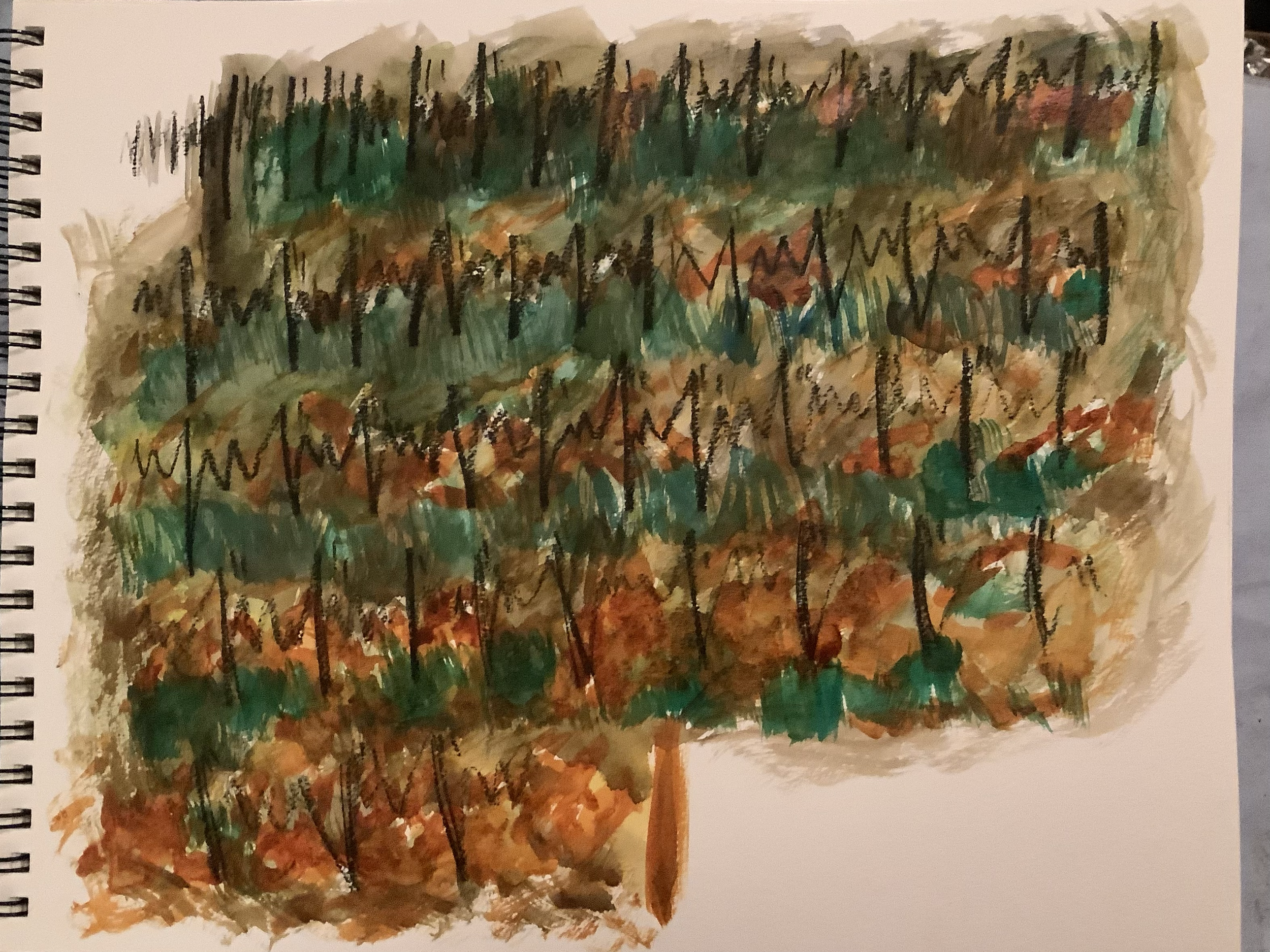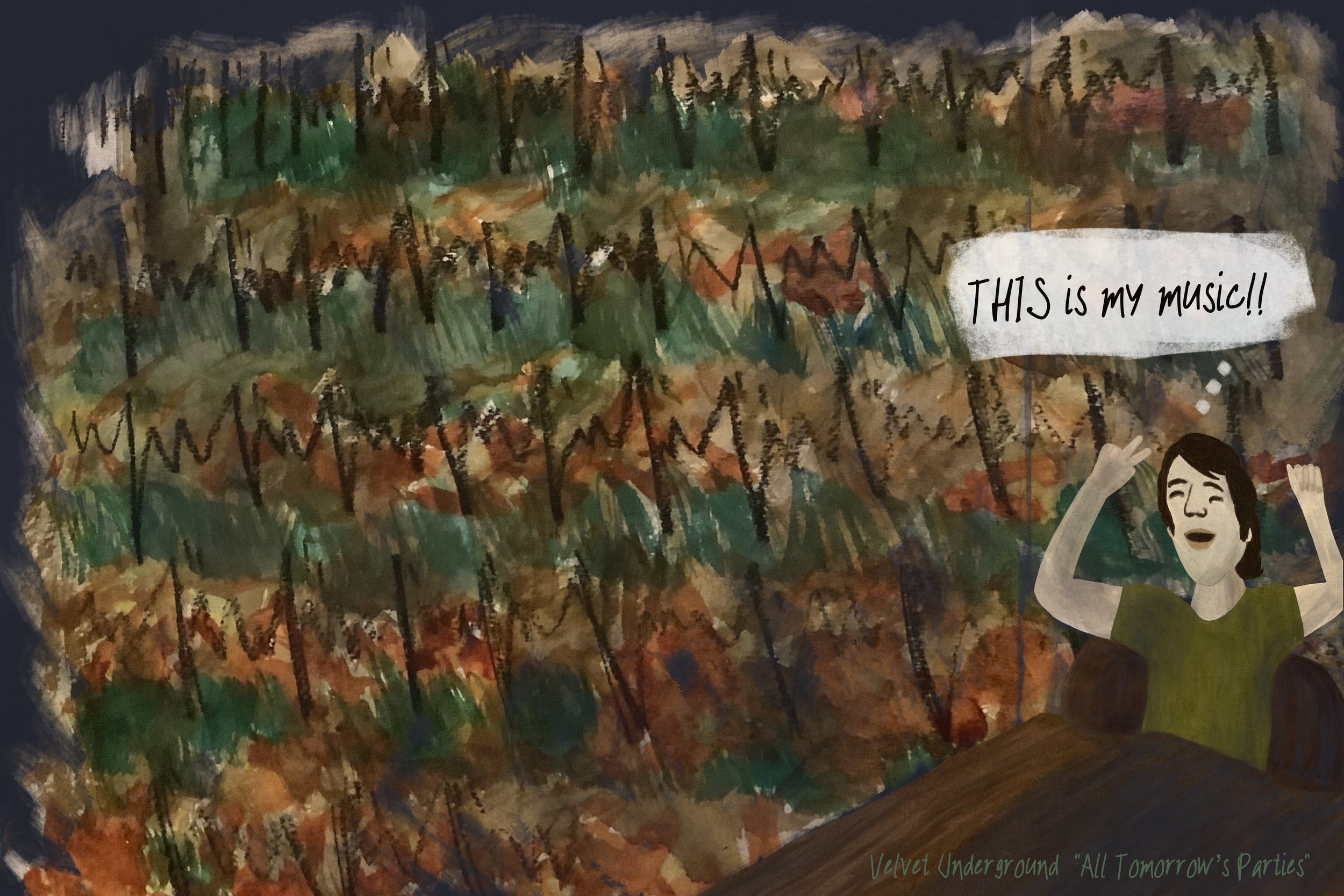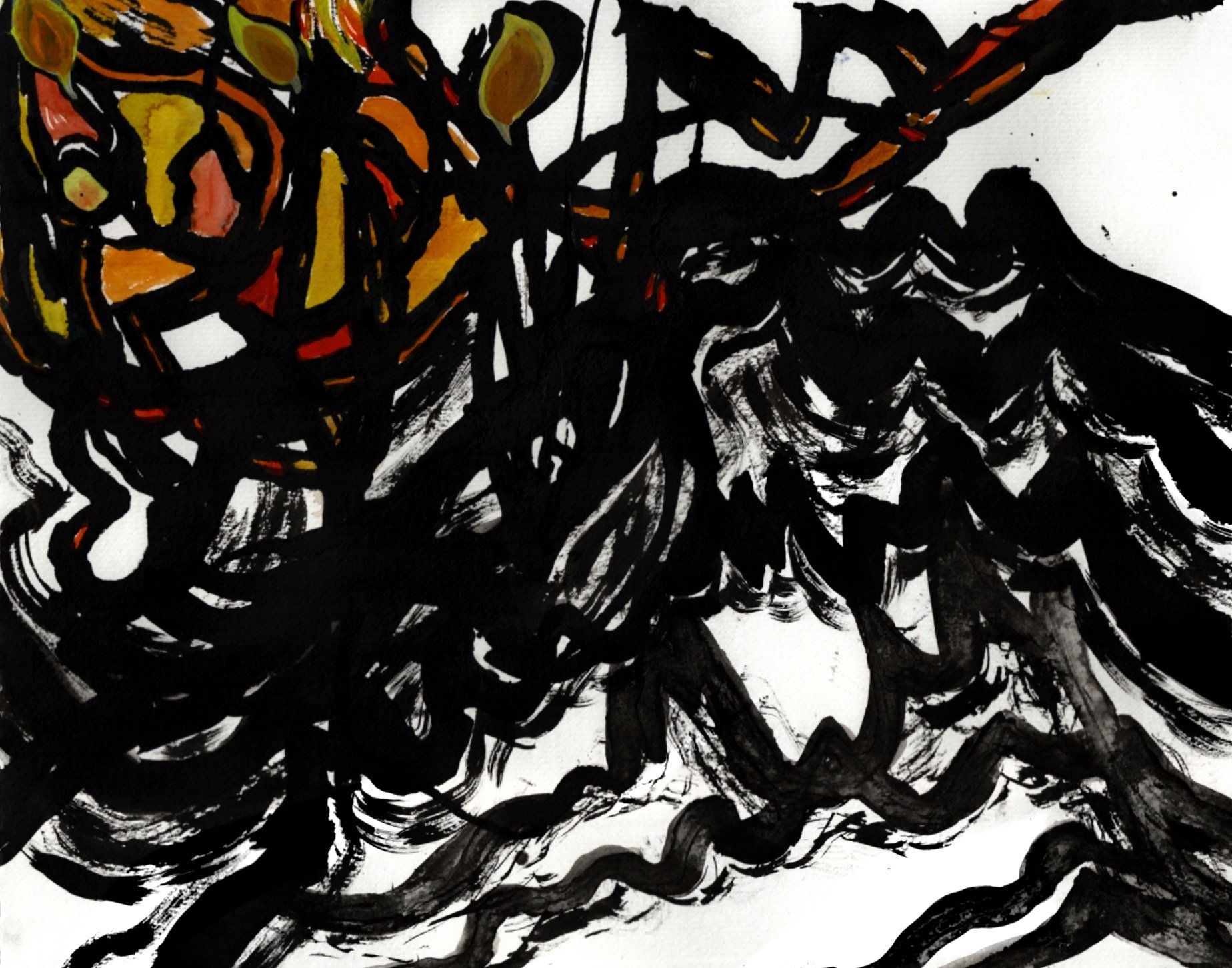HOW I TEACH BOOKS THROUGH ART
What if we could look at texts in a new way? I spent ten years in academia working with government, law, and philosophy students, helping them to decipher complex books and papers for exams and papers. But there are other ways to think about analyzing texts!
Below is a letter Jewish philosopher Franz Rosenzweig wrote to his sister-in-law about community care, followed by my first artistic attempt to understand it. Two worksheets that ask questions for a different way to examine and understand the written word. Don’t worry if you don’t think you’re creative: I think everyone is creative, and these sorts of exercises don’t need you to be a professional artist—they’re ways of opening your mind to new ideas (though sometimes the goofiest exercises make for the coolest art in the end!).
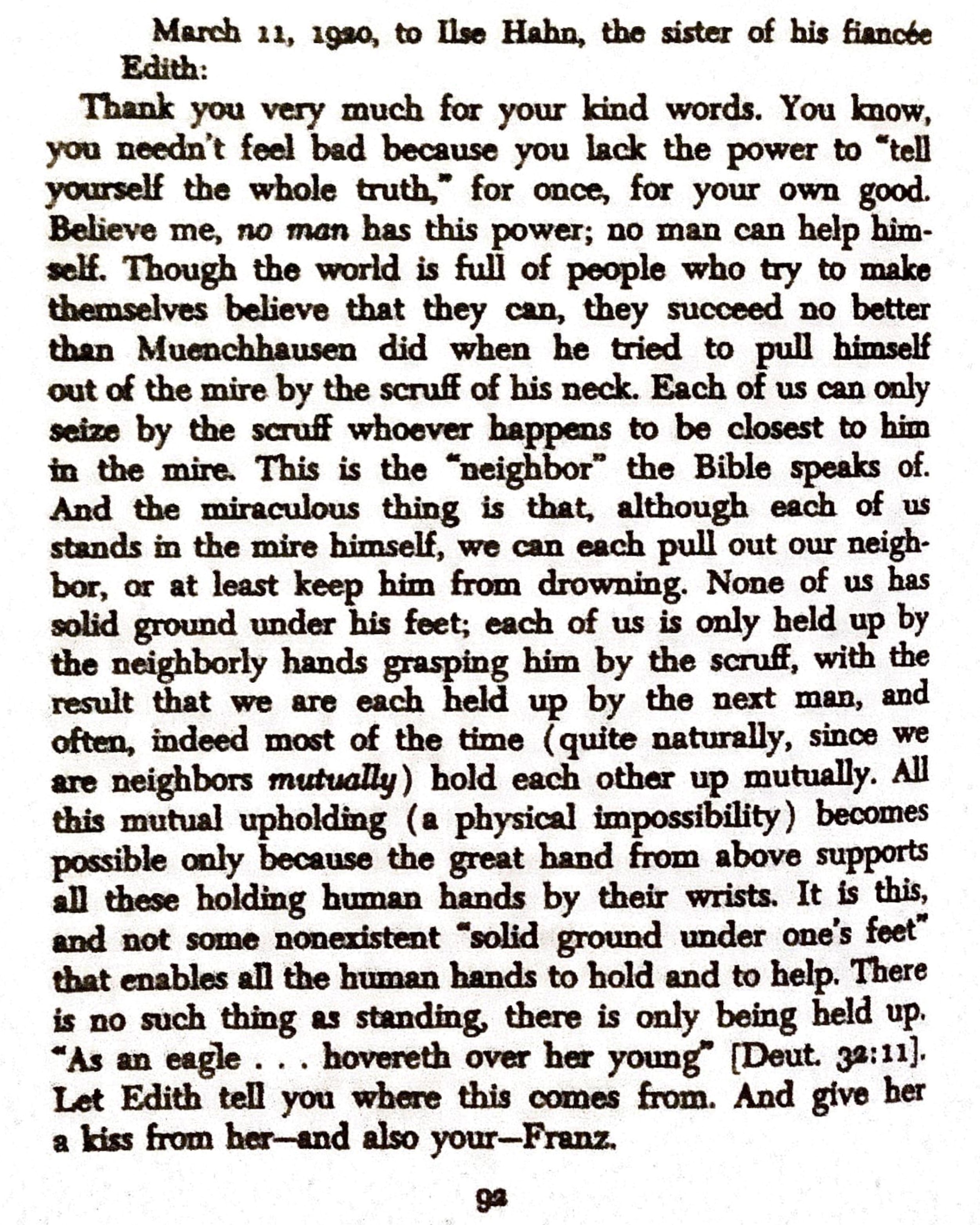
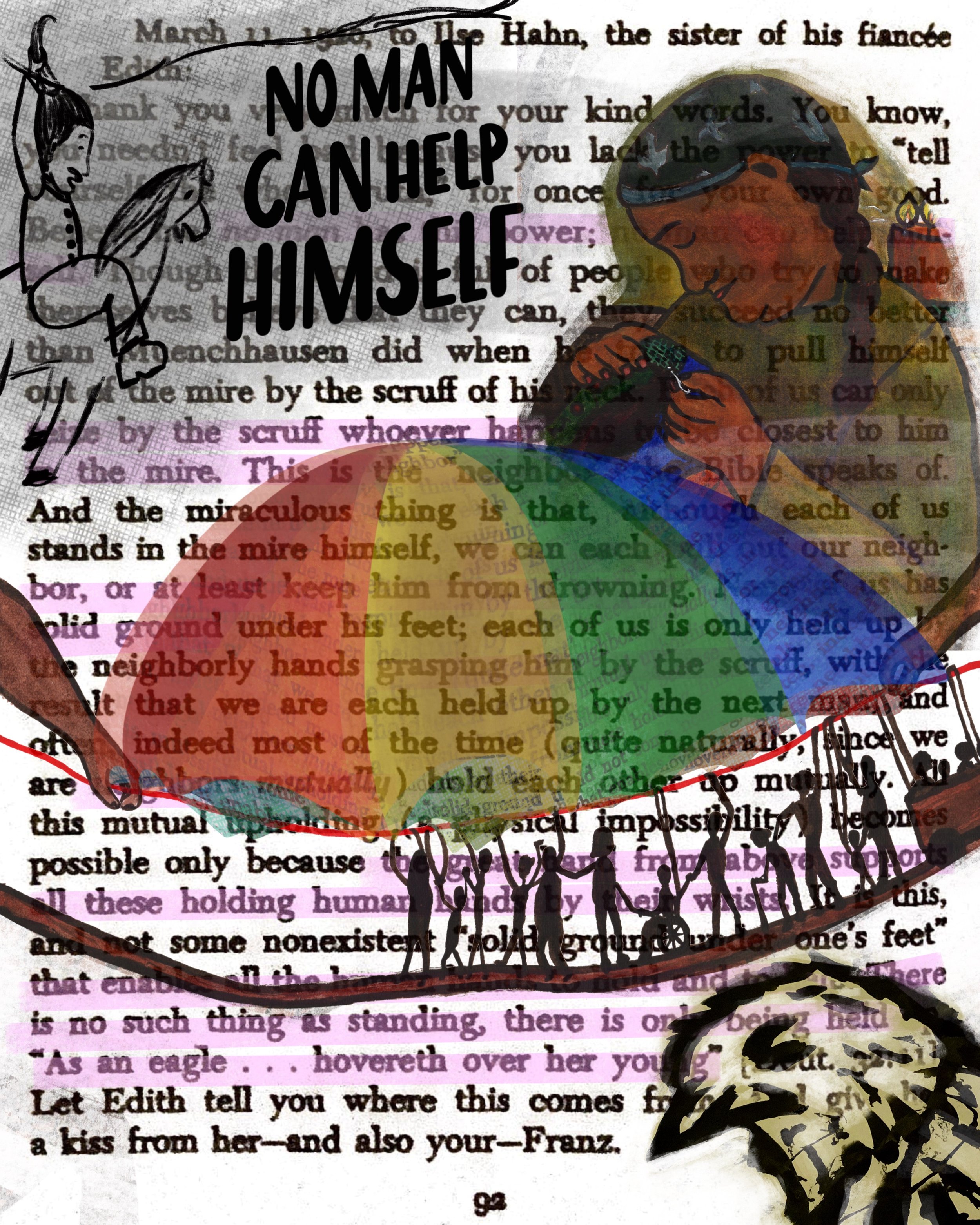
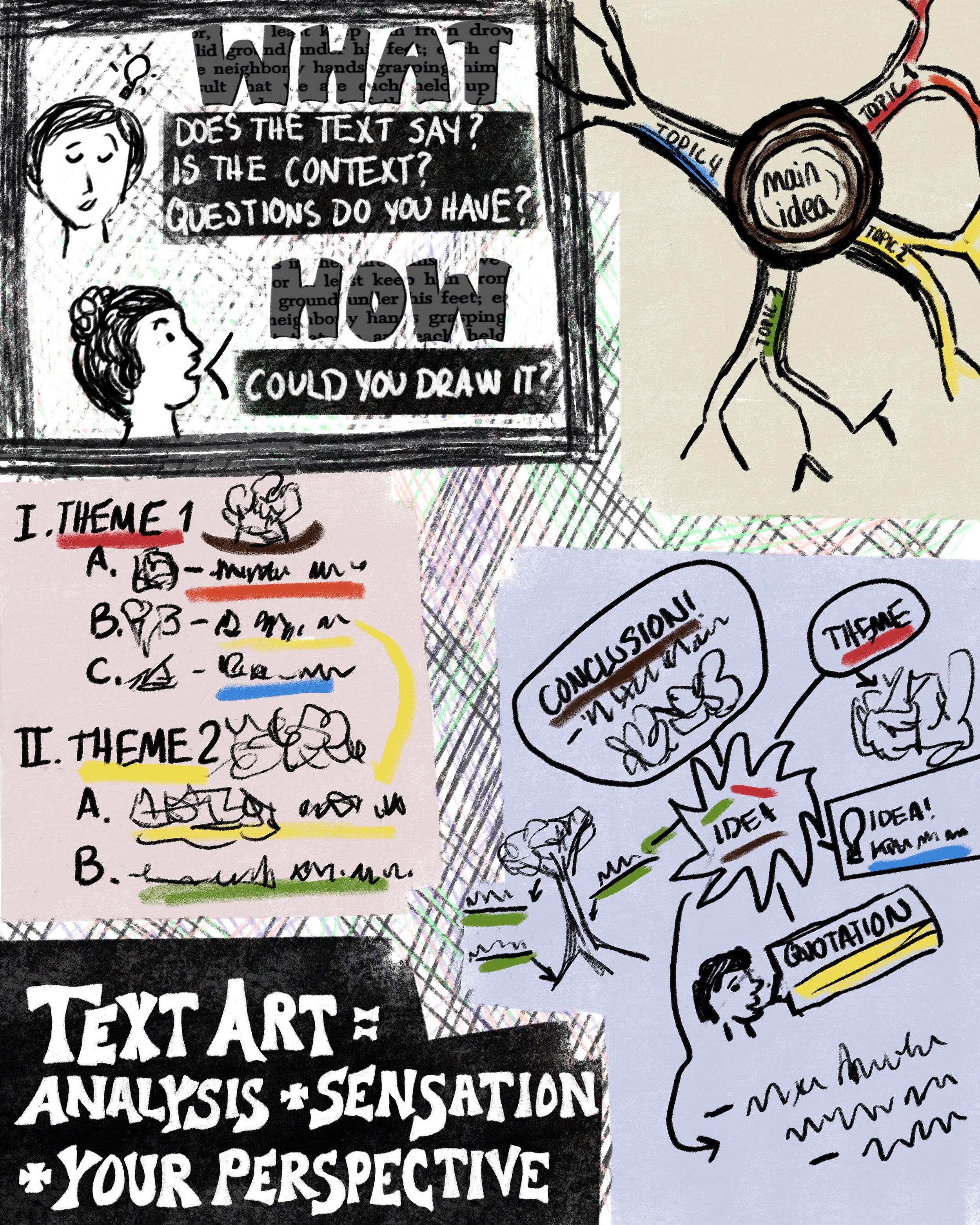

My Artist’s Book , based on the letter by Rosenzweig above
Each page represents a key idea in the text, though some are more abstract than others. This is the kind of art that can be made by first studying a piece of writing, doing creative explorations of its meaning and personal resonance, and then experimenting. As you can see from the rest of my website, I seldom work this loosely, or in such graphic black and white. But for this piece—especially given Rosenzweig’s existentialist positions and the general tenor of his work—it felt appropriate to sling black ink across watery pages.
I also really enjoyed the nod to the ridiculousness of Baron Munchausen, a fictional character who saves himself from drowning by pulling himself up by his hair (see the second illustration). It’s a similar feeling to “bootstraps theory”—it’s literally impossible, but society insists we do it anyway. The comparison to Rosenzweig’s community care is really beautiful, and an inspiration in a world that needs more care in general.
MAKING MUSIC INTO ART:
The Beatles, “Love Me Do” and “Twist and Shout”
Velvet Underground, “All Tomorrow’s Parties”
Avinu Malkeinu, Jewish High Holiday liturgy


